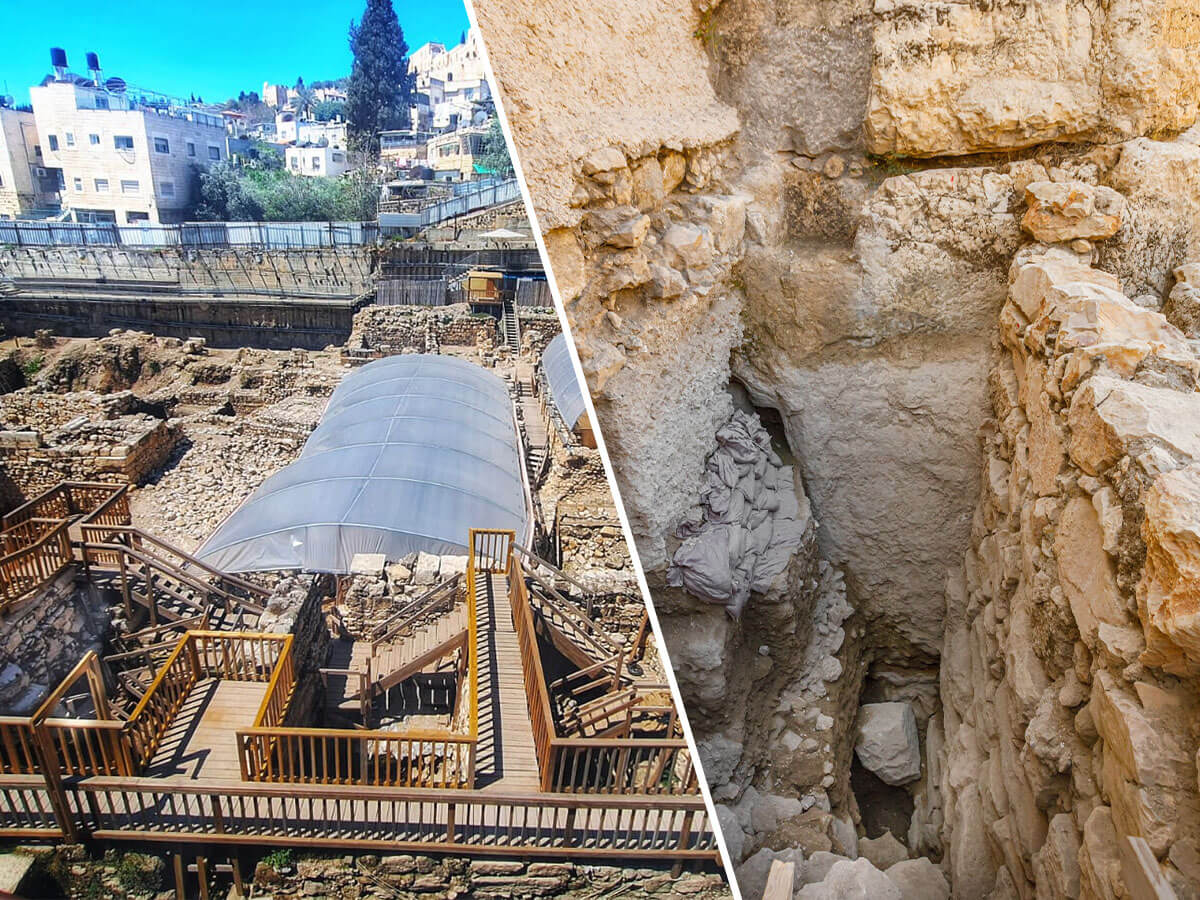
Archaeologists have announced the discovery of a 3,000-year-old moat surrounding the City of David that is mentioned in the Book of Kings. In 1 Kings 11:27 it mentions the splitting of the city into two areas. “And this was the cause that he lifted up his hand against the king: Solomon built Millo, and repaired the breaches of the city of David his father.” Ophel and Millo were terms to describe the different halves of Jerusalem. “It is not known when the moat was first dug, but it is clear that it was used during the centuries when Jerusalem was the capital of the Kingdom of Judah – almost 3,000 years ago, starting from the days of King Josiah,” said directors Prof. Yuval Gadot of the Department of Archeology and Ancient Near Eastern Cultures at Tel Aviv University and Dr. Yiftah Shalev from the Israel Antiquities Authority (IAA). The moat measures 9 meters deep and 30 meters wide and was discovered outside the Dung Gate near the Old City of Jerusalem.
The moat divides the city into two parts, separating the upper city which included the Temple and the palace from the lower city’s residential area. “If the moat was cut during this period, then it was intended to protect the city from the north—the only weak point of the City of David slope. Either way, we are confident that it was used at the time of the First Temple and the Kingdom of Judah (ninth century BCE), so it created a clear buffer between the residential city in the south, and the upper city in the north,” said Shalev. Researchers have worked to prove the moat’s existence for 150 years. The structure was originally discovered in the 1960s by archaeologist Kathleen Kenyon but she thought it was a natural formation rather than a moat. The section she found is a part of the moat that veers westward.
The moat is an impressive feat, restructuring the topology of the surrounding land to suit the city’s needs. IAA director, Eli Escusido, discussed the magnitude of the find. “Once again, discoveries are being revealed that shed new and vivid light on the biblical literature. When you stand at the bottom of this giant excavation, surrounded by enormous hewn walls, it is impossible not to be filled with wonder and appreciation for those ancient people who, about 3,800 years ago, literally, moved mountains and hills.”
